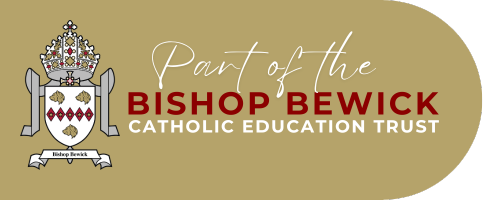
PHONICS & EARLY READING
FISHER FAMILY TRUST: SUCCESS FOR ALL PHONICS
Reading is the single most important skill we teach at our school and our aim is for every child to be an enthusiastic, confident and fluent reader.
We can achieve this together through:
-
using Fisher Family Trust Success for All Phonics; a program to help your child to read
-
encouraging children to develop a love for books by reading to them daily, at home and at school and through listening to them read
-
giving children access to a wide range of books at school and at home to ignite their interests and promote reading for pleasure.
Phonics is a way of teaching children how to read, write and spell. It helps children hear, identify and use different sounds that distinguish one word from another in the English language.
Written language can be compared to a code, so knowing the sounds of individual letters and how those letters sound when they’re combined will help children decode words as they read.
Understanding phonics will also help children know which letters to use when they are writing words.
At St. Cuthbert's we use Fisher Family Trust Success for All Phonics (FFT) to give your child the best possible start to their reading. We have put together this guide to show how the FFT program works, together with some useful links. Once your child gains confidence in decoding words, we can begin to concentrate on all the other skills involved in the reading process, especially on comprehension.
RECEPTION
This is the first year that FFT has been introduced into Reception. With resources and implementation beginning well into the Autumn Term, regular assessment and reviews have taken place to identify what works well within the current cohort and what areas need to be adapted.
Staff share the reading book using the ‘Big Book’ on the large screen. Staff model reading with opportunities for choral reading to take place.
Paired reading takes place with mixed ability partners where each pupil ‘points’ and ‘reads’ to their partner. Pupils who cannot blend follow this process within a guided group using a book matching their ability.
In previous years, staff and pupils used ‘Sound Talking Hands’ to represent segmenting and blending words for reading. Adopting FFT’s phoneme counting, staff and pupils model touch counting fingers to represent the phonemes within a word.
Within the FFT Phonic session, pupils record phonemes and spellings on whiteboards. The development of this is within discrete handwriting sessions where all pupils sit at a table to adopt a successful handwriting grip. Staff model the phonemes taught on that day along with key words from the session. In the Summer Term, this is recorded in a Phonics Writing Book. This book travels into Year 1 with each pupil.
YEAR 1
This is the first year that FFT has been introduced into Year 1. With resources and implementation beginning well into the Autumn Term, regular assessment and reviews have taken place to identify what works well within the current cohort and what areas need to be adapted.
Staff share the reading book using the ‘Big Book’ on the large screen. Staff model reading with opportunities for choral reading to take place.
Paired reading takes place with similar ability partners where each pupil ‘points’ and ‘reads’ to their partner. Pupils who aren’t able to blend phonemes successfully work directly with and receive support from a teaching assistant within the session.
In previous years, staff and pupils used ‘Sound Talking Hands’ to represent segmenting and blending words for reading. Adopting FFT’s phoneme counting, staff and pupils model touch counting fingers to represent the phonemes within a word.
Within the FFT Phonic session, all pupils record phonemes and spellings on whiteboards whilst sitting at tables. The development of this is within discrete handwriting sessions where all pupils sit at tables to adopt a successful handwriting grip. Staff model the phonemes taught on that day along with key words/sentences from the session.
YEAR 2
This September (2023) we have introduced FFT's Jungle Spelling Club and Routes into Reading. The spelling sessions follow the four part phonic lessons with review, teach, practise and apply with fun and interactive activities.
The Year 2 reading programme, ‘Routes to Reading’, supports pupils on their reading journey. On their route, they will experience texts from a range of genres and text types. Each of the 15 texts in the Year 2 series has 10 session plans, set out as Maps. These Maps will guide the teacher and the pupils through the learning, with the aim to reach the end of each text journey with reading success - meeting the intended learning objectives and goals from the Year 2 National Curriculum for Reading. Each set of Maps includes opportunities for pupils to use and refine comprehension strategies and use a bank of reading journal activities. The Maps have a ‘Teach and Read’ section followed by a chance to ‘Apply and Review’. The programme builds on pupils’ phonemic knowledge, decoding, fluency and comprehension skills from Year 1. Progression from decoding to increased fluency and comprehension will come from quality teaching, modelling, practise and application across the programme.


